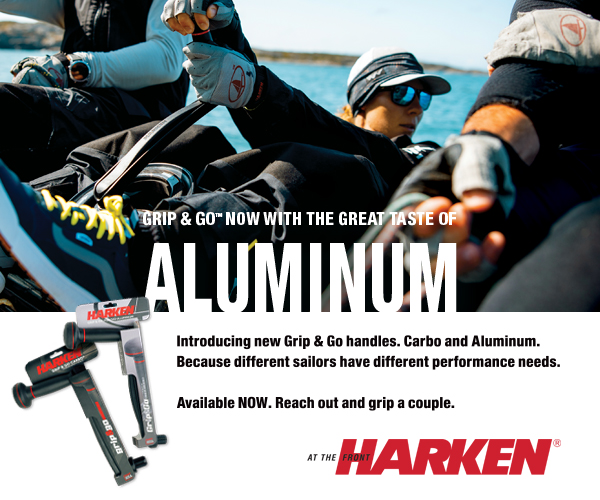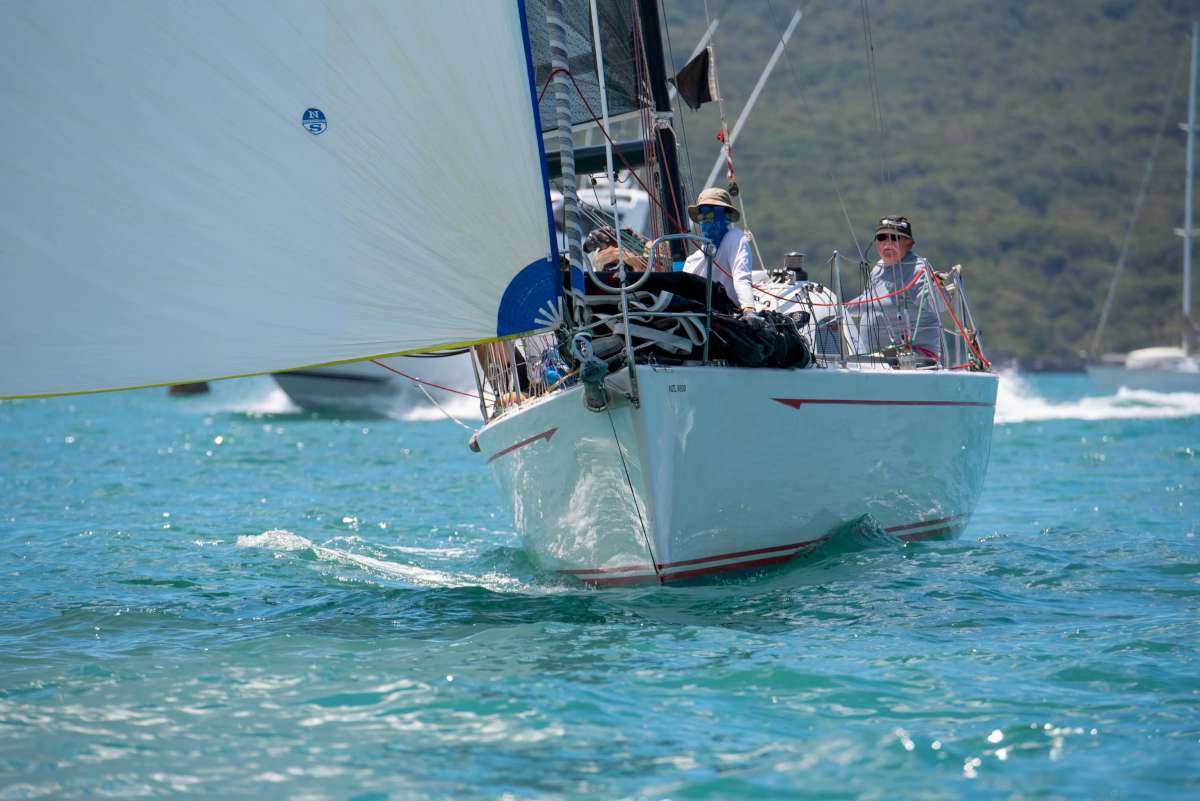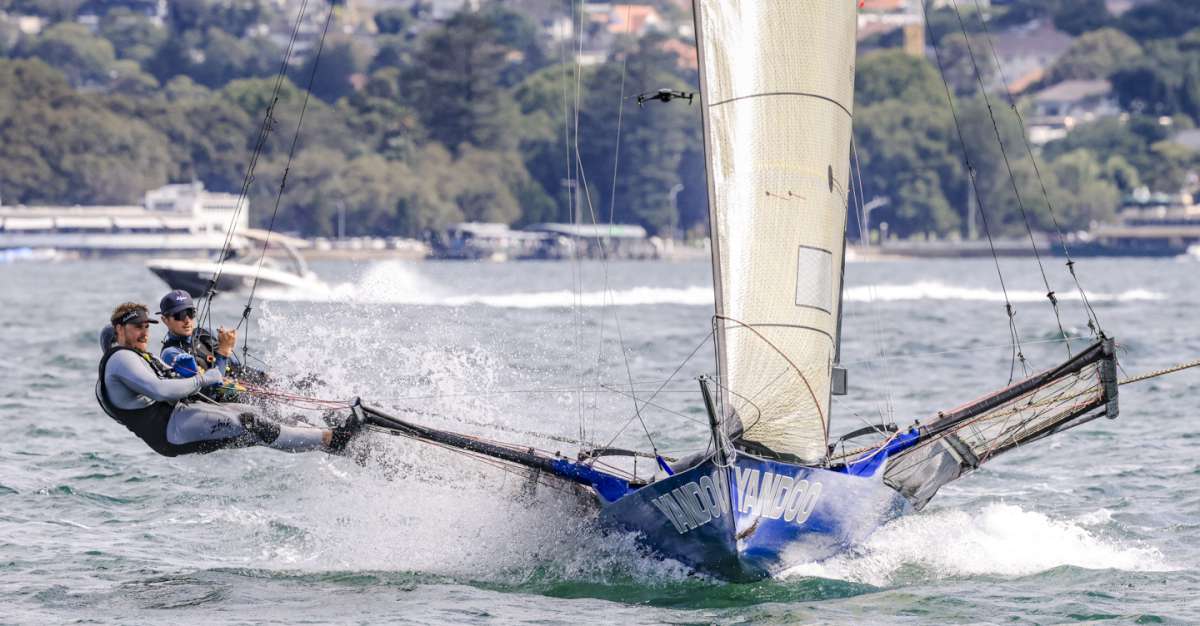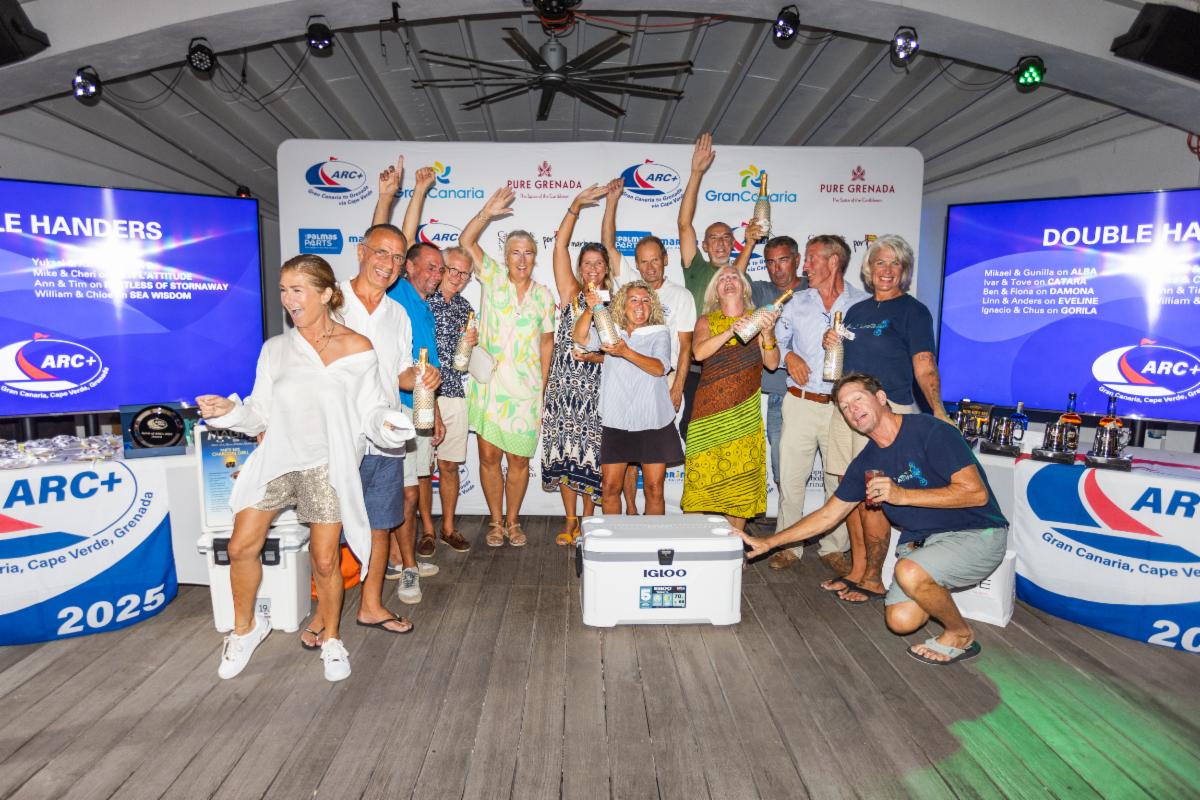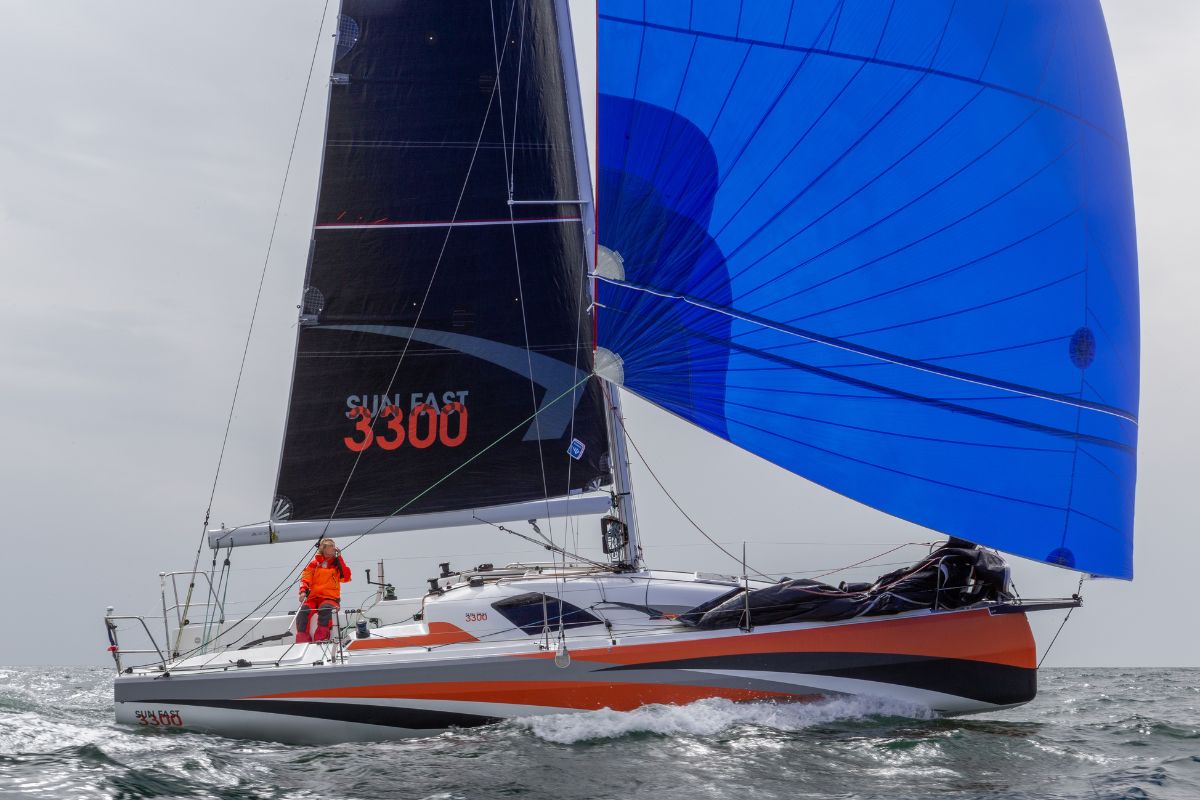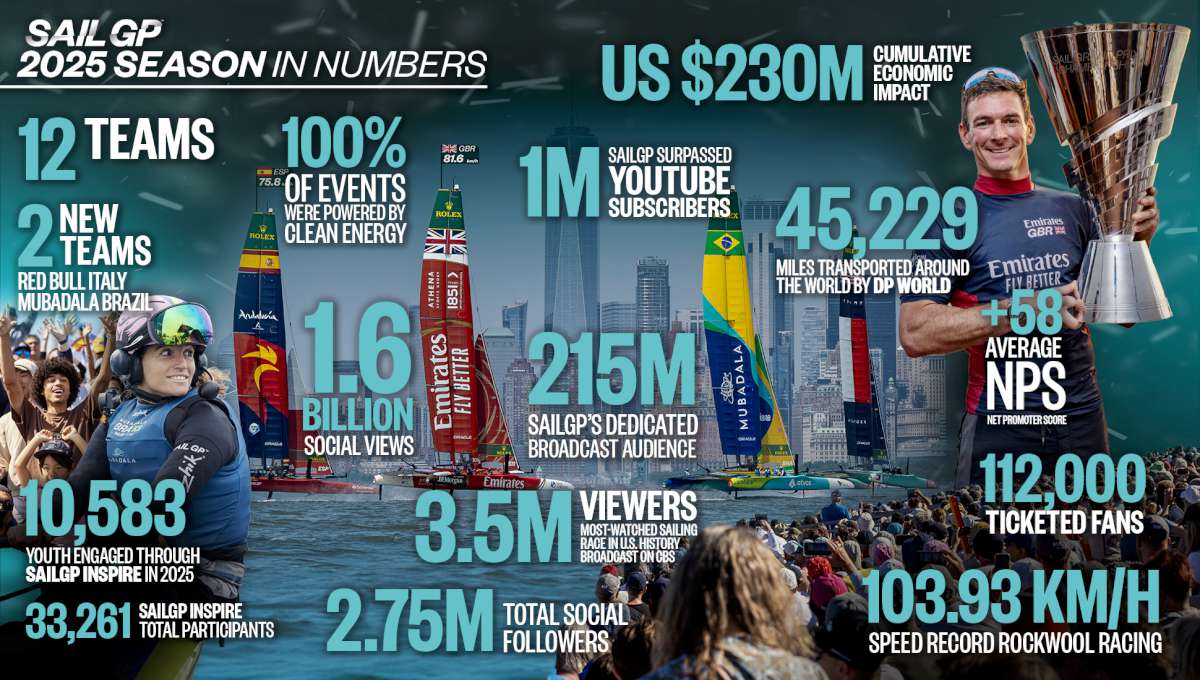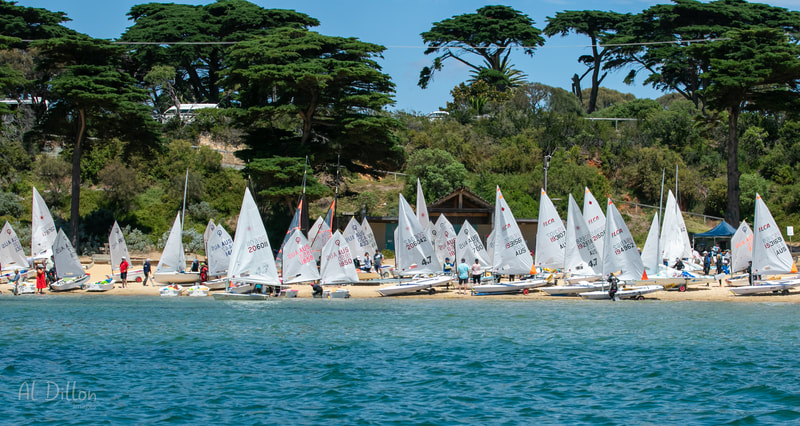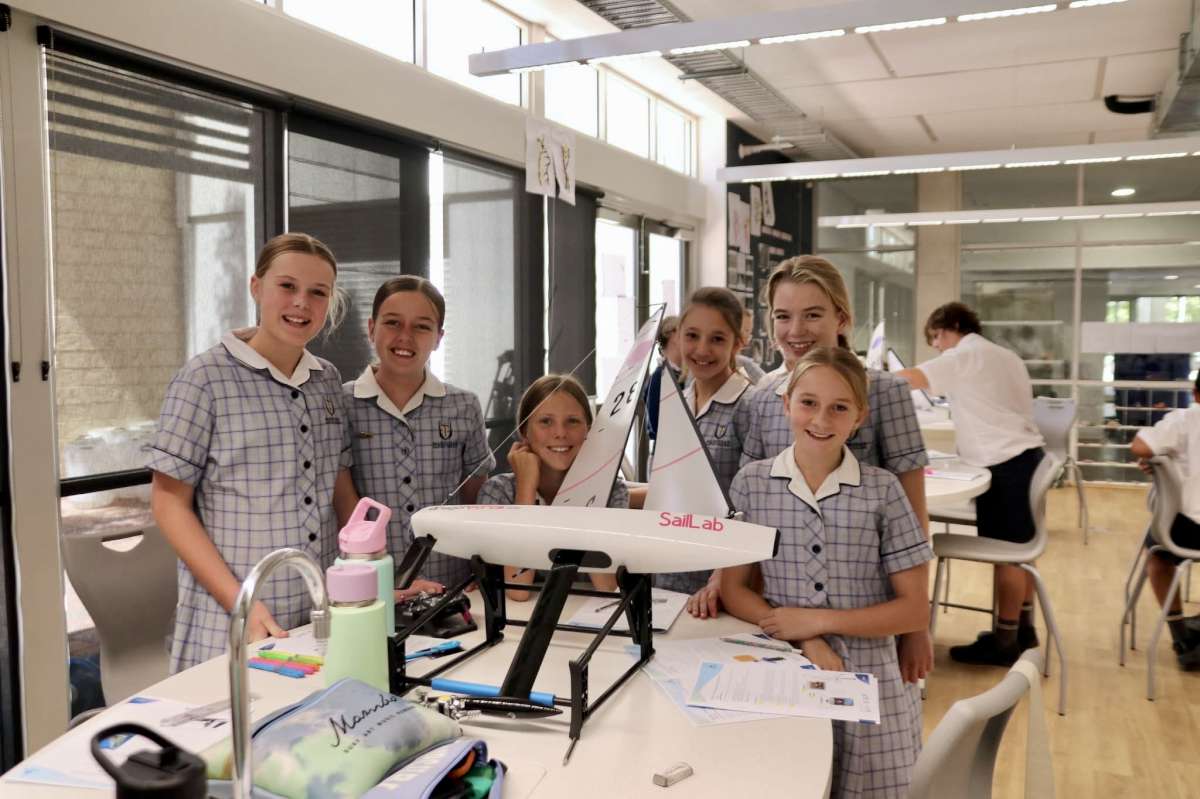Everyone knows the helmsman is the driver of a yacht; he or she is the person who actually points the boat in the (hopefully) right direction and turns the corners when tacking, gybing or mark rounding. But imagine how hard it would be to drive a car with little or limited control over the accelerator. This is the vitally important role of the mainsheet trimmer on a keelboat; he is as important to the steerer as his right leg would be if he were driving a car.
If he does his job correctly the trimmer can make the world of difference to the helm and in fact the actual setting up of the whole boat begins with what he does. He is the barometer of the boat's performance. It is a cruel fact that when a mainsheet hand does a good job no-one notices them, but if he does a bad job the whole crew knows about it.
So being on the mainsail is a tough gig, as most main trimmers need to be very competent and knowledgeable sailors in their own right. It is always an advantage if they also have a fair bit of helming experience, as they need to pre-empt a lot of manouvres that the helmsman will make.
The mainsail needs constant attention so the trimmer needs to be on the job the whole time. There is no time to sit on the rail for some light-hearted banter or a break of any sort. It can be very physical and is as hard on the last beat of the last race of the day as on the first leg of the first race. Every time one of the rail calls “wave” or big “gust in five” he must be ready to help the helm with the necessary power up or depower as required.
So the obvious question is what makes good mainsail trim? To begin we must point out that every boat has a point of maximum power sailing upwind; it is that moment when all the sails are set beautifully and the boat is powering along. It will vary enormously from boat to boat, for example a modern light displacement carbon racing yacht will usually be performing at somewhere between 8-12 knots of wind speed whilst a heavy displacement IOR vintage boat will be more comfortable at 16-20 knots.
Regardless of the style and type, we need this particular reference point for each boat as a starting place. As this is what we call the point of maximum power, it stands to reason that when we have less wind we are searching for more power while in more wind we will be looking to shed power.
Leech ribbons
The simplest and most informative indicator to correct mainsail trim is the top leech ribbon, particularly in lighter airs. When we look for more power we obviously need to make our sails fuller and sheet them on tighter – the top leech ribbon will let us know how much without overdoing it. If we make our sails too full or sheet them on too tight, it will stall the whole sail and the leech ribbon will be sucked behind the sail out of sight.
As wind is a turbulent and dynamic force, always changing as it flows across the sail, we can sail with the ribbon tucking back behind the sail about 80 per cent of the time. It is OK to sail slightly stalled like this when going upwind as our main goal is usually to achieve max VMG (velocity made good) to windward and a slight amount of stall occasionally will help the boat to claw to weather. Another good indicator is to sight up from the middle of the boom and set the mainsail with the trailing edge of the top batten parallel to the boom.
When maximum power is reached the top leech ribbon should be streaming all the time; if it is stalling ease the mainsail.
As the wind increases we need to shed power to keep the boat upright and performing at its optimum. We then need to flatten the sail and ease the load on the helm.
The right twist
There are many intuitive articles written by many great sailors on using the sail controls and they probably would warrant a whole article on their own so I will keep it simple (similar to a helmsman, most mainsheet hands will tell you).
Mainsheet – obviously the primary control, it controls the leech tension or amount of twist in the sail. In very light airs have the sail set up with a fair bit of twist, but once the boat is moving bring on the sheet tension until the top leech ribbon is set most of the time.
As the breeze increases, ease the sheet to relieve the power, but not so much that the sail begins to flap or rag; when this happens we need to use the backstay, cunningham eye and outhaul to flatten the sail and then we can sheet it back on.
Traveller – in light to moderate winds use the traveller to keep the boom on the centre, in light winds with the mainsheet eased the car may have to be well to weather. The traveller should be constantly in motion upwind and used in concert with the helm as the boat sails through gusts and lulls.
Boom vang – used to control the angle of the boom horizontally, particularly when the sail is eased out beyond the extension of the traveller. In this case where the mainsheet has no direct pull down on the mainsail it takes over as the primary control of twist.
In a lot of sailing boats the vang is situated away from the mainsheet hand who must ask for adjustment. Have someone ready on the vang in heavy air reaching and running as it is the quickest way to depower in the event of a roundup or broach.
Outhaul – controls depth in the lower third of the sail; one of the lesser adjusted controls, it should be eased in lighter airs and brought on as the breeze increases.
Backstay – controls the depth of the sail in the top two-thirds; the primary control for flattening the sail as the breeze increases. Should be used as a trimming device similar to traveller (and sometimes in lieu of) to control the amount of power the boat needs as it sails through the varying wind.
Cunningham eye – controls the point of draft in the sail; as we begin to flatten our sail the point of maximum draft will begin to move aft in the sail away from its optimum design point; we can use the cunningham to tension the luff and pull the draft back forward.
The point of maximum draft should be about 40-45 per cent aft from the mast. In light airs this is easily achieved and no luff tension is required (sometimes even a few horizontal wrinkles are ok). As the wind builds and we begin to flatten our sails the cunningham should come on with the backstay and outhaul.
Juggling act
Earlier I mentioned the mainsail ragging or flapping. One of my pet hates is seeing boats sailing upwind with the headsail set and the mainsail flapping away. The whole point of sailing boats fast is balance; the main and headsail trimmers must work together.
When we begin to depower the mainsail by easing sheet or dropping down traveller, we move the sail toward the leech of the jib, closing up the “slot” between them and while some backwinding is OK in the luff of the sail, it won't be long before the backwind becomes excessive and the whole sail is flapping.
At this point the jib trimmer must twist off his sail to recreate the slot between them. He can do this by moving the genoa car aft or more drastically easing the sheet. It is much faster to go through a gust with two sails semi-set rather than one set and the other ragging.
It is a juggling act with several members of the crew working together. As the main rags, the headsail must be depowered at the same time; the helmsman must begin to sail by angle of heel as he will lose his telltales when the jib is eased and the headsail luff will bubble or backwind. He can also feather or pinch higher a touch to ease the load through the gust.
The crew on the rail can call the gust as it approaches allowing the helm and trimmers to prepare and then hike more aggressively through the gust.
Sounding board
In summation, mainsheet hands are always busy; they are the starting point for the whole trim setup; they have to constantly monitor the changing conditions and adapt the sail to suit; they need to constantly refer with the helmsman on the feel of the boat and the performance. Because of this close proximity to the afterguard they quite often become a sounding board for the helmsman/tactician and are in the ideal position to relay information forward.
The rest of the crew can make their job so much easier by helping out prestart and at mark roundings where there is a lot of sheet to get in and so little time to do it. Help them by providing feedback and calling the wind and waves. It is a team effort.
Tony Bull's racing experience ranges from sportsboats to offshore racers. He runs Bull Sails loft in Geelong and is a regular contributor to Australian Sailing + Yachting.
